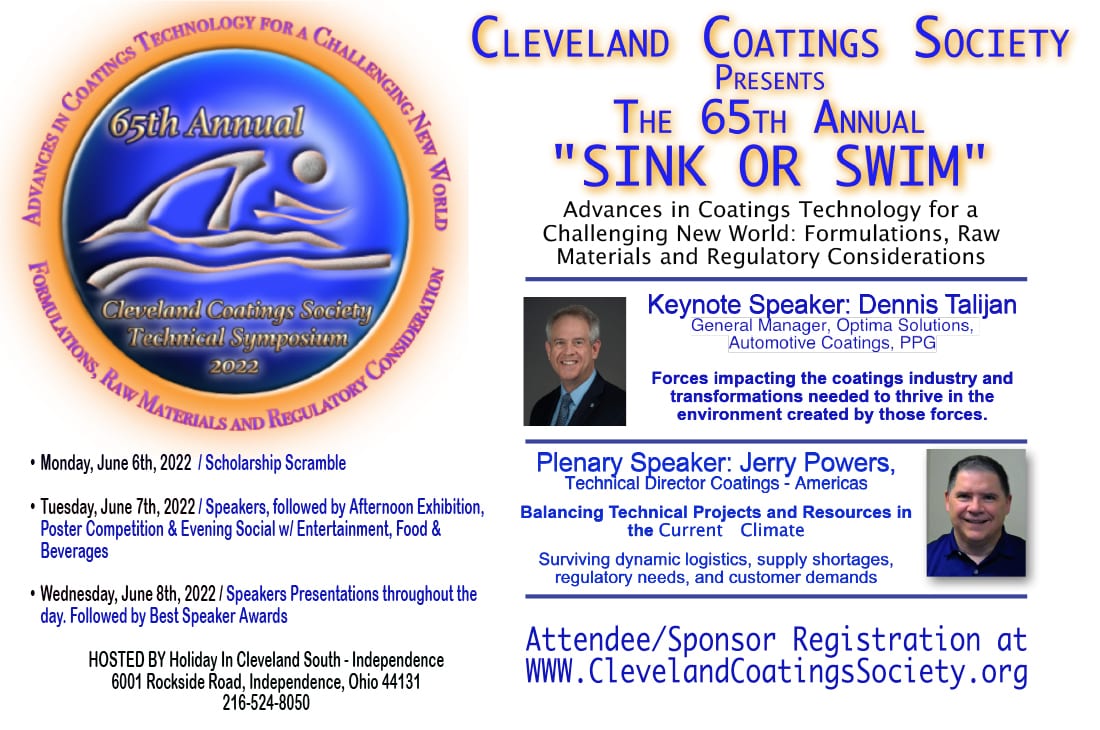Ready to proof -- Clare 04/6/22
KJ proofed 4/13 and sent corrections to Clare
CLJ revised on 4/13
Ready for author
Sent Clare one correction on 4/20
CLJ revised on 4/20
KJ sent another correction on 4/21
CLJ revised on 4/21 - Clean

Putting Antimicrobial Technology in the Driver’s Seat of Car Cleanliness
By Graham Harvey, Global Group Director (Built In), Microban International
Cars have transformed modern society, improving mobility and promoting independence, which is especially important with our ever-increasing distances between home, work, school, shopping and leisure facilities. A recent survey by the American Automobile Association Foundation for Traffic Safety found that U.S. residents aged over 16 made an average of 2.5 driving trips a day — totalling 59 minutes — during 2019–2020.1 Add in journeys taken as a passenger in shared cars or cabs, and a significant amount of our time is spent in vehicles. This means that keeping them clean is an important consideration, especially with anxiety about cleanliness at an all-time high following the COVID-19 pandemic. One study even shows that the average steering wheel has four times more bacteria than a public toilet, suggesting that there really is cause for concern.2 Minimizing the colonization of bacteria, mold and mildew in vehicles not only prevents stains and odors, but it also keeps vehicles cleaner, helping to provide peace of mind to the occupants.
How Dirty is Your Car?
Microbes are small living organisms that are found all around us, and their ability to rapidly multiply in different environments makes them difficult to control. Bacteria, molds, fungi and algae in undesirable locations can cause surface stains, bad odors and reduce product life due to contamination or degradation (Figure 1).

FIGURE 1 ǀ Bacteria, mold, fungi and algae (left to right).
Cars are exposed to many microbes that are carried in from the environment on drivers, passengers and shopping on a daily basis. This is multiplied exponentially in cabs and shared cars that regularly carry many different passengers, vehicles used to transport pets, or in conditions that are particularly favorable to microbes, such as damp conditions in winter. High touch points are particularly susceptible to microbial growth, with a study finding more than 700 different bacteria strains living on soft and hard surfaces inside a typical vehicle.2 The highest number of Colony Forming Units (CFUs) were identified on the steering wheel, cup holders and seat belts.


FIGURE 2 ǀ Car interiors are a hot spot for bacteria, particularly in high-touch areas.2
Why Traditional Cleaning Is Not Enough
The COVID-19 pandemic has raised anxiety amongst consumers, and people are now much more aware of how clean they feel their surroundings are (Figure 3). However, car interiors are rarely cleaned as regularly as people clean their homes, making them prone to the build-up of dirt, food crumbs and debris, the perfect breeding ground for microbes. Even for those who manage to clean more regularly, traditional cleaning methods using disinfectants are short-term solutions, offering limited residual activity against microbes. Furthermore, some areas of the car are hard or impossible to reach, for example, inside the air-conditioning (AC) vents, which are quite often an active source of emission of biological agents, mainly bacteria and fungi. This is a result of the accumulation of microbes on the surface of the AC unit, exacerbated by the increase in air humidity within the system. Some organisms even create a biofilm in the AC ducts, and can be distributed around the other installation elements, as well as within the car interior itself.3 Antimicrobial technologies can help to prevent this growth, and can support regular car cleaning.

FIGURE 3 ǀ Consumers are concerned about exposure to germs and microbes, made worse by the COVID-19 pandemic.4
The Benefits of Antimicrobial Car Treatments
Antimicrobial car treatments work by disrupting the vital life processes and biological functions of contaminating microbes, meaning they cannot grow or reproduce on the treated surface. Common active ingredients include silver, zinc and organics. When used as a coating, the technology adheres to surfaces, effectively acting as barriers to help reduce the microbial population. What's more, because it becomes an integral part of the car interior, it cannot be washed off or wear away, making this approach the ideal complementary solution to normal cleaning activities. There are many additional benefits to antimicrobial car treatments including:
• keeping car interiors cleaner for longer;
• more durable and longer lasting than traditional disinfectants;
• lifetime protection from stains and odors caused by microbes;
• ideal for use in climates that encourage mold and mildew growth;
• providing improved peace of mind for drivers and passengers;
• presenting a low-risk investment for automotive manufacturers.
Opportunities for Coatings in Antimicrobial Car Interiors
In the current climate, the average consumer is aware of the need for antimicrobial features not only in their homes and workplaces, but also in their cars. In fact, 64% of adults are now prepared to pay more for a product with built-in antimicrobial protection.4 As the technology becomes even more mainstream, customers will come to see it as standard; just as we all rolled windows up in cars, now, in 2022, everyone expects them to be powered. The same will be true of antimicrobial car interiors, which will soon be something that car buyers demand. While some areas — such as the gear shift and control buttons — will benefit from built-in technologies that can be added during manufacture, antimicrobial coatings are a better fit for other areas, including touchscreens, steering wheels and dashboards (Table 1).
TABLE 1 ǀ Antimicrobial treatment options for car interiors.
The Future is Protected
We have already seen the introduction of antimicrobial technologies into coatings for HVAC systems, steering wheels and trunk linings, with plenty more opportunities to add them throughout car interiors. There is little doubt in the industry that, five years from now, the trend of including antimicrobials in paints and coatings for the automotive industry will have shifted from a ‘nice to have’ to an expectation. In the post-pandemic world, investing in this technology sooner rather than later will give car manufacturers an opportunity to keep ahead of the curve, and differentiate themselves as market leaders, by offering drivers and passengers the reassurance that the vehicles they are travelling in are clean.
References
1 AAA Foundation for Traffic Safety. (2021). New American Driving Survey: Updated Methodology and Results from July 2019 to June 2020 (Technical Report). www.aaafoundation.org/new-american-driving-survey-updated-methodology-and-results-from-july-2019-to-june-2020/
2 Stephenson, RE et al. (2014). Elucidation of Bacteria Found in Car Interiors and Strategies to Reduce the Presence of Potential Pathogens. Biofouling 30(3): 337-46. doi:10.1080/08927014.2013.873418
3 Gołofit-Szymczak, M et al. (2019). Impact of Air-Conditioning System Disinfection on Microbial Contamination of Passenger Cars. Air Qual Atmos Health 12:1127–1135. doi:10.1007/s11869-019-00731-7
4 Multi-sponsor surveys. (2020). Antibacterial Products Study
